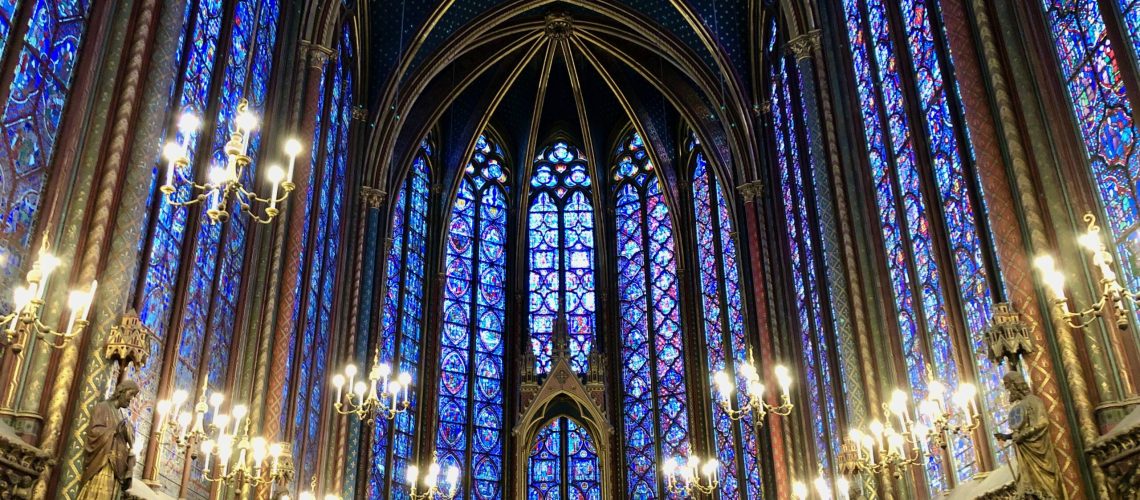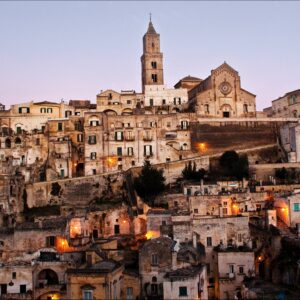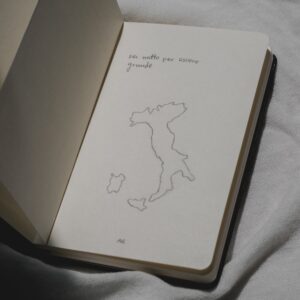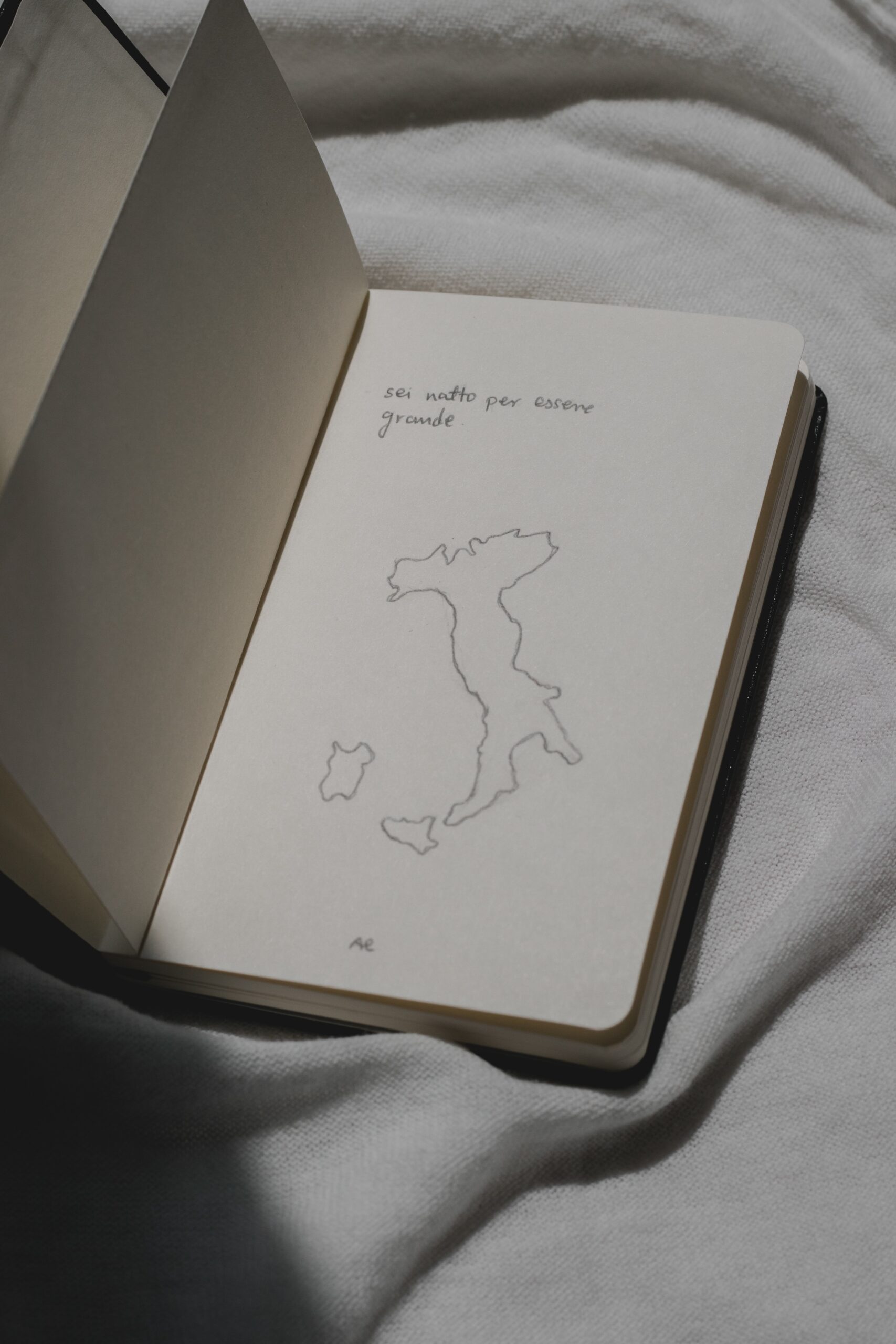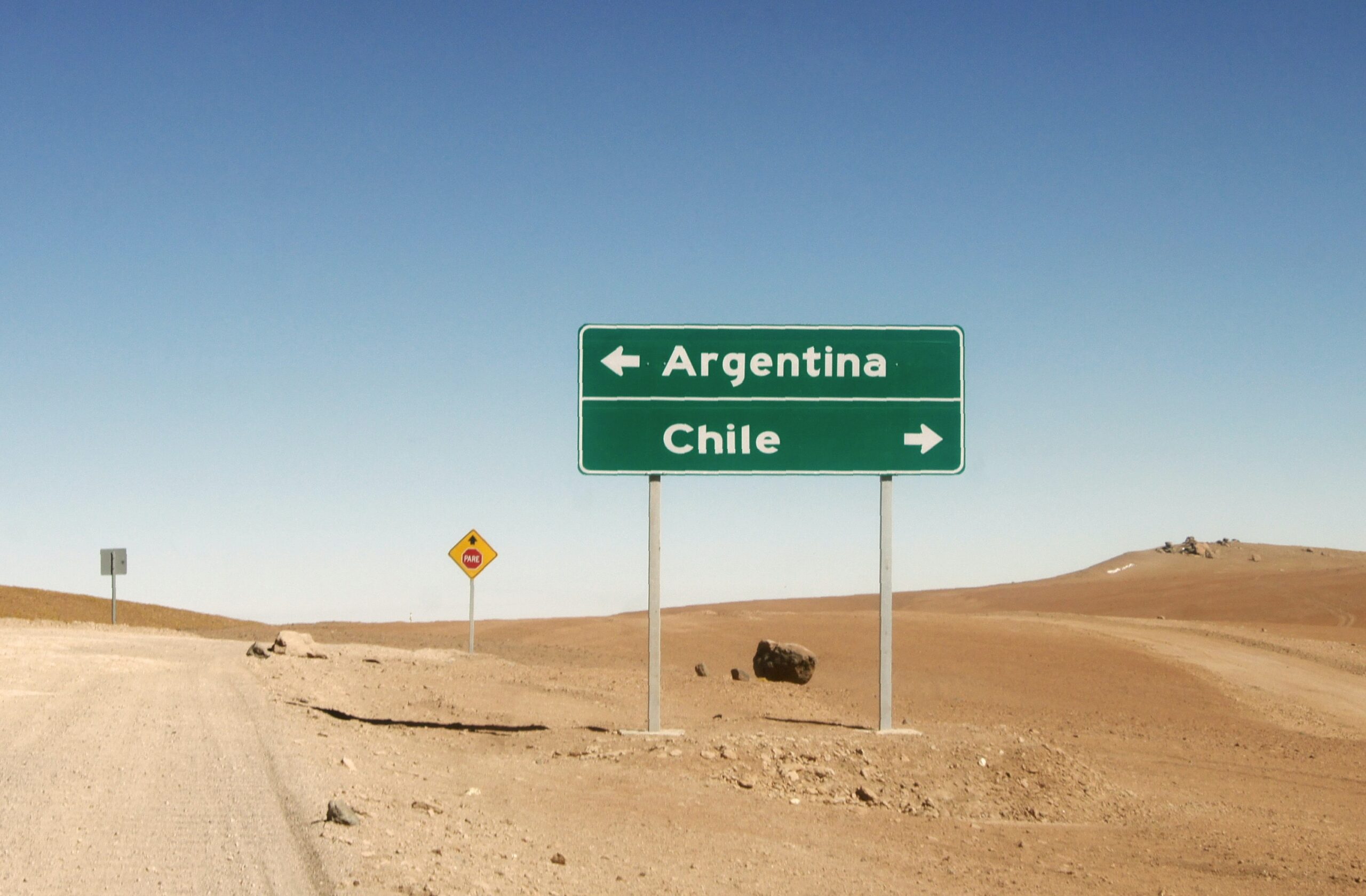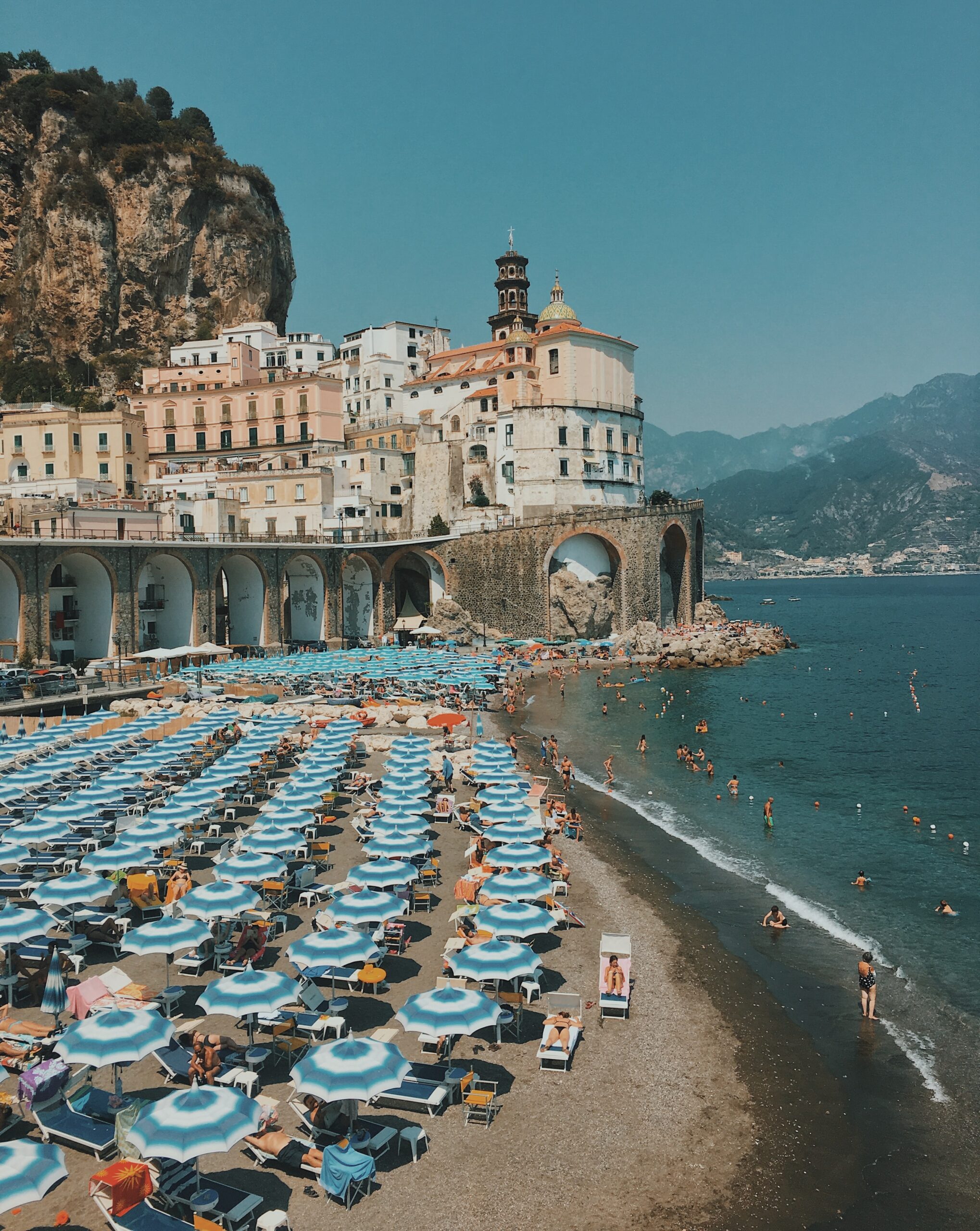When it comes to traveling around Europe, it pays to visit cathedrals. Even if you’re not Catholic, you can learn a lot about a city’s cultural heritage by visiting the cathedrals that were once upon a time central to the lives of its citizens.
Not only are they historic buildings with unique atmospheres; they contain a wealth of artwork that rival small museums.
If you’re visiting Paris sometime, I recommend the following cathedrals.
Notre Dame de Paris
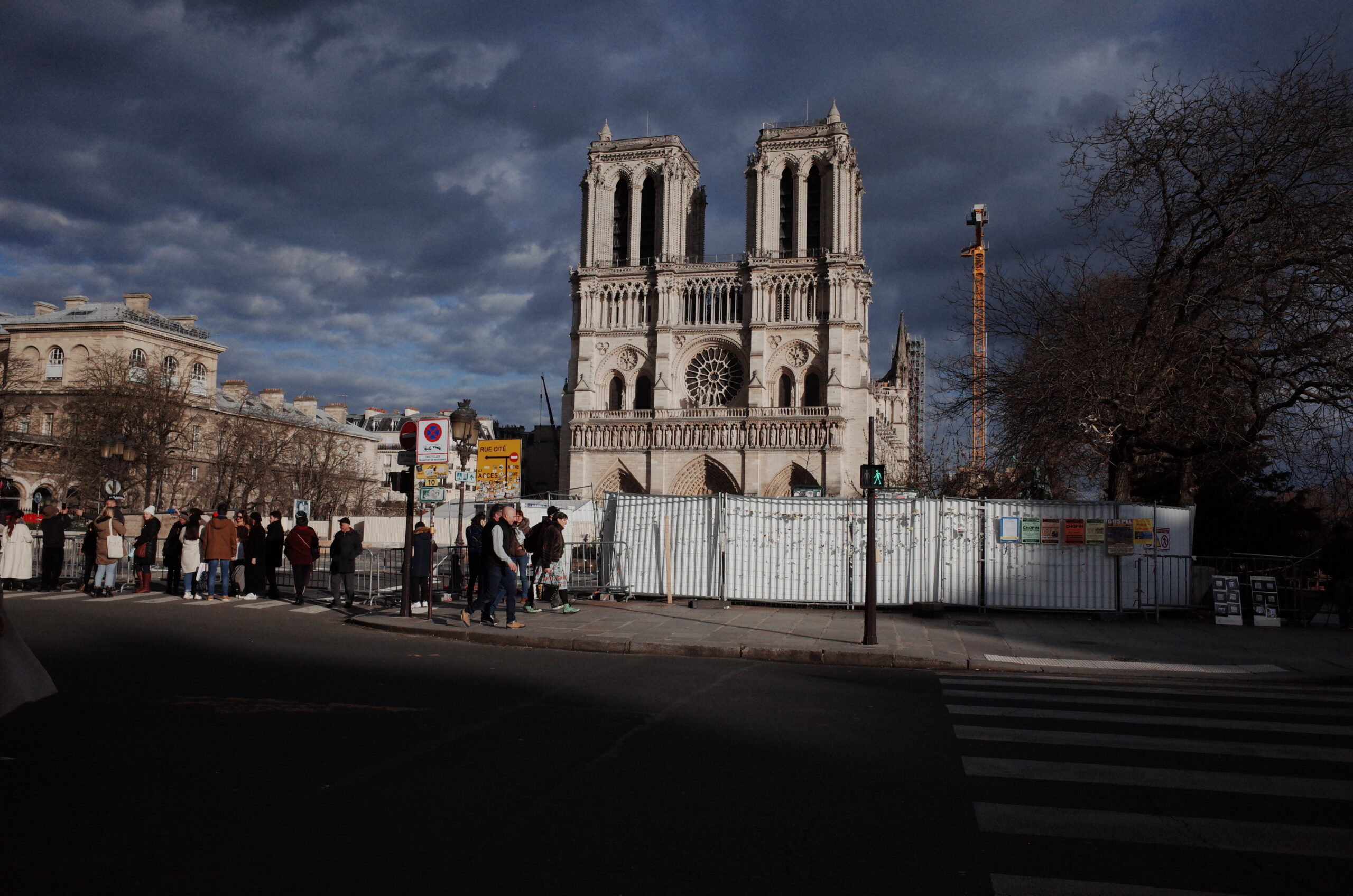
It goes without saying that Notre Dame de Paris is the beating heart of Paris, if not of France as a whole. With its construction beginning in 1163, the medieval cathedral is not only in the dead centre of Paris, which expanded outwards in a spiral-like manner, but it’s where so much of Paris derives its history.
Made famous by Victor Hugo in his novel The Hunchback of Notre Dame, it is arguably the most well-known example of gothic architecture in Europe, with gigantic stained glass, a famous organ and an instantly-recognisable exterior. Gargoyles, those demonic-looking creatures whose name comes from the fact that they sounded like they were gargling water whenever it rained, were added to the external edifice as a way to tell worshippers that while the church represented heaven on earth, everything outside it was hell.
When it was open, you used to be able to pay to go up onto the rooftop, where you could catch a stunning view of Paris next to the aforementioned gargoyles while hearing the bell ring out.
Sadly, following the fire in 2019, Notre Dame suffered extensive damage, losing its spire and much of its wooden roof. It has been closed to the public ever since, and so the closest you can approach it for the moment is behind a wall while it undergoes major renovation. However, it is scheduled to reopen sometime this decade.
To help people see Notre Dame from the inside, a VR experience has been set up at La Défense that gives users a tour of the cathedral prior to the fire.
Sainte-Chapelle

Down the road from and on the same island in the Seine as Notre Dame is Sainte-Chapelle, a gothic chapel within the Palais de la Cité that was consecrated in 1248 but became secularised during the French Revolution when France became officially secular.
Sometimes described as “the most beautiful chapel in France”, Sainte-Chapelle is a tall, narrow structure with golden arches, a blue patterned ceiling and dozens of intricately designed stained glass artworks depicting scenes from the Bible. Near the front, there are also painted statues of apostles that look at you from their lofty perches.
As it’s no longer a place of worship, the chapel is payant – you have to pay a fee to enter it and wait in line. There are also classical music performances that take place inside it every few nights. The other night, I attended a string performance of Bach’s Goldberg Variations. Attendees were able to lose themselves in the Baroque pieces while gazing up at the colourful stained glass that became increasingly dark as day gave way to night.
Église Saint-Sulpice
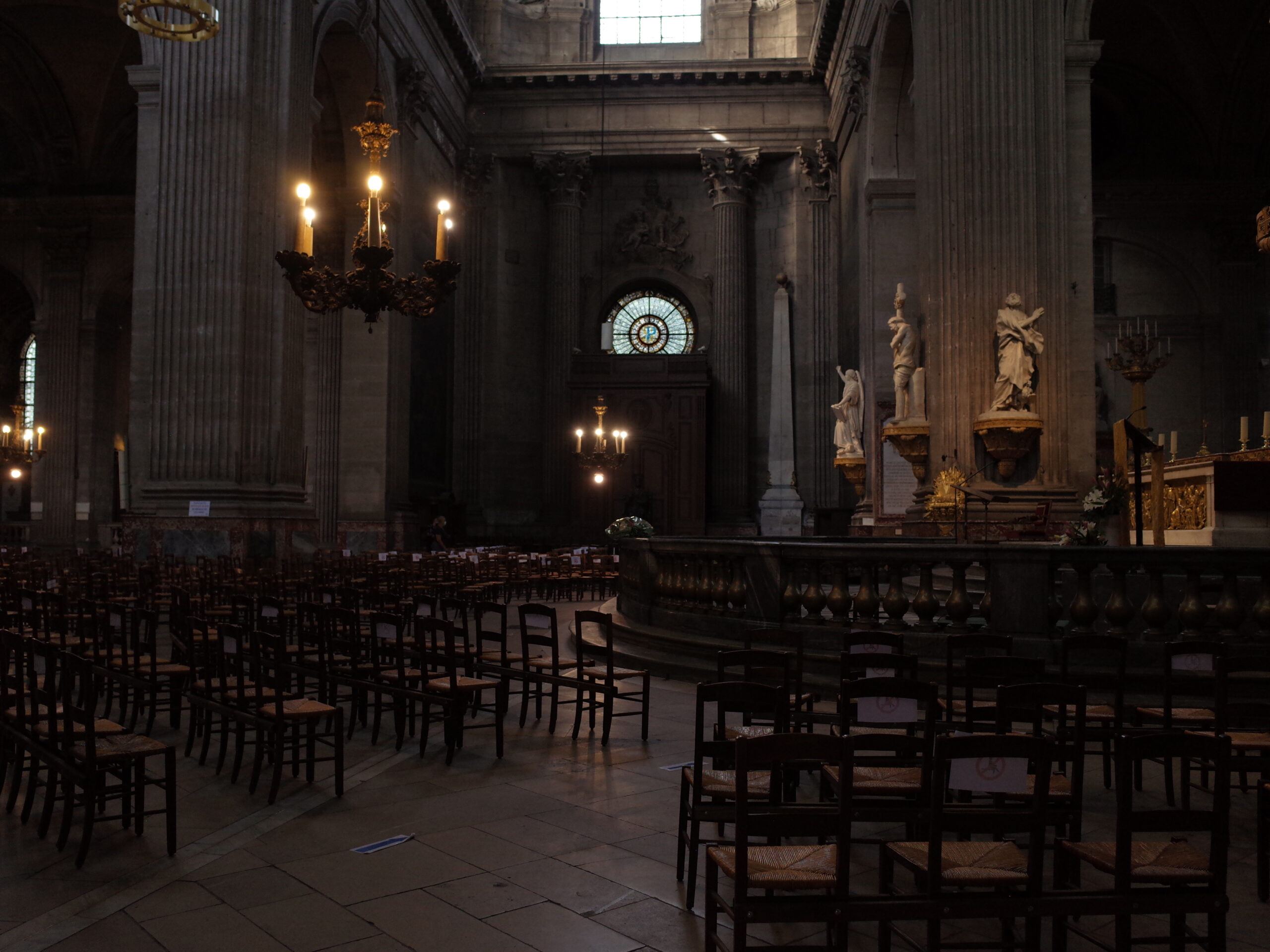
Nestled in the middle of the wealthy sixth arrondissement is Église Saint-Sulpice, a cathedral that possibly feels the most like Notre Dame than any other cathedral in Paris.
The church is notable for its gnomon, a large astronomical measurement device that was once used to determine the position of the sun in the sky. The gnomon was famously (and incorrectly) described in The Da Vinci Code as a pagan symbol resembling an Egyptian obelisk that marked where the Paris Meridian (the French analogue to Greenwich Mean Time) began. The author Dan Brown also claimed in the novel that the church was once a pagan temple dedicated to the Priory of Sion, however this latter has since been proven to be a hoax.
During the French Revolution, when Christianity was suppressed, the cathedral became dedicated to the “Supreme Being”, as overt references to God were forbidden.
While the cathedral is in the neighbourhood that famously used to be the home of the Lost Generation of English-speaking writers such as Ernest Hemmingway, James Joyce and F. Scott Fitzgerald, the sixth arrondissement has since undergone major gentrification – to the extent that Saint-Sulpice now finds itself amongst designer boutiques and chic restaurants in the most expensive neighbourhood in Paris.
Saint-Étienne du Mont
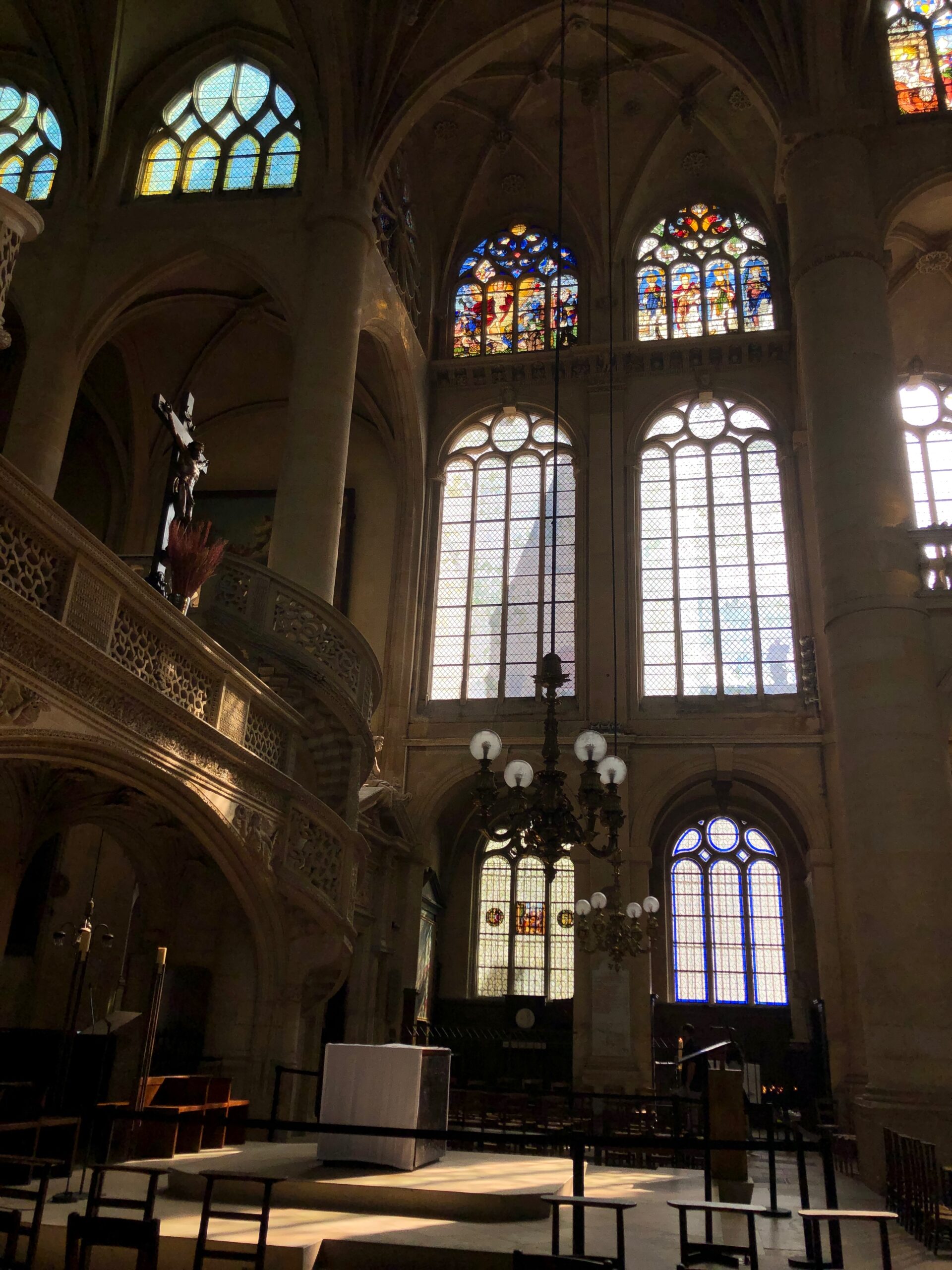
Near the Panthéon in the Latin Quarter is a 15th-century cathedral called Saint-Étienne du Mont. Home to the shrine of Sainte-Geneviève, the patroness saint of Paris who lends her name to the mountain on which the cathedral sits, Saint-Étienne du Mont is also known for containing the tomb of Blaise Pascal, the 17th century French polymath who not only invented the bus system, but also Pascal’s triangle in mathematics and Pascal’s wager in philosophy.
In his unfinished Pensées (or Meditations), Pascal attempted to write an essay that would lead people to God. But unlike his contemporary Descartes, who is widely regarded as the father of modern philosophy, Pascal did not believe that one could reason one’s way to faith, as he thought that reason could neither prove nor disprove God’s existence. While Descartes believed that reason could lead to divine grace, Pascal wrote about the limitations of reason, and believed that one could only hope to attain grace via faith.
The cathedral is based in the Latin Quarter, which owes its name to the fact that people used to speak Latin there. Otherwise known as the 5th arrondissement, the Latin Quarter has always had a large number of places of learning that taught exclusively in the language that dominated the Roman Empire.
Like Oxford, Cambridge and Bologna, the Sorbonne, the second oldest extant university in the world, was originally established by the Catholic Church to teach theology. In previous centuries, students would even be burnt at the stake for heresy if they questioned the immortality of God. Today, theology is no longer widely taught and the cathedral Saint-Étienne du Mont has receded into the cultural landscape. But the power of Pascal’s thoughts abide.
Saint-Eugène-Sainte-Cécile

Hidden away in a narrow street in the 9th arrondissement is Saint-Eugène-Sainte-Cécile, a relatively modern 19th-century cathedral whose unimposing exterior belies a fascinating interior.
Designed in the Neo-Gothic style, it is known for being built with iron as a way to minimise costs and maximise the interior space. With its unlikely mix of traditional stained glass and modern iron narrow iron frames, which had until then only been used in industrial buildings, the cathedral has something of a steampunk aesthetic. One could easily imagine the cathedral in sci-fi comic books or neo-noir feature films, as the blend of old and new is refreshing and unlike anything else in Paris.
The cathedral is located near a series of arcades that sprung up in the 19th century as France became increasingly modern and capitalist. If you walk around the neighbourhood, passing through the arcade and the cathedral, you can catch a glimpse of what life might have been like during this boom period, when France was one of the most powerful nations on earth.
